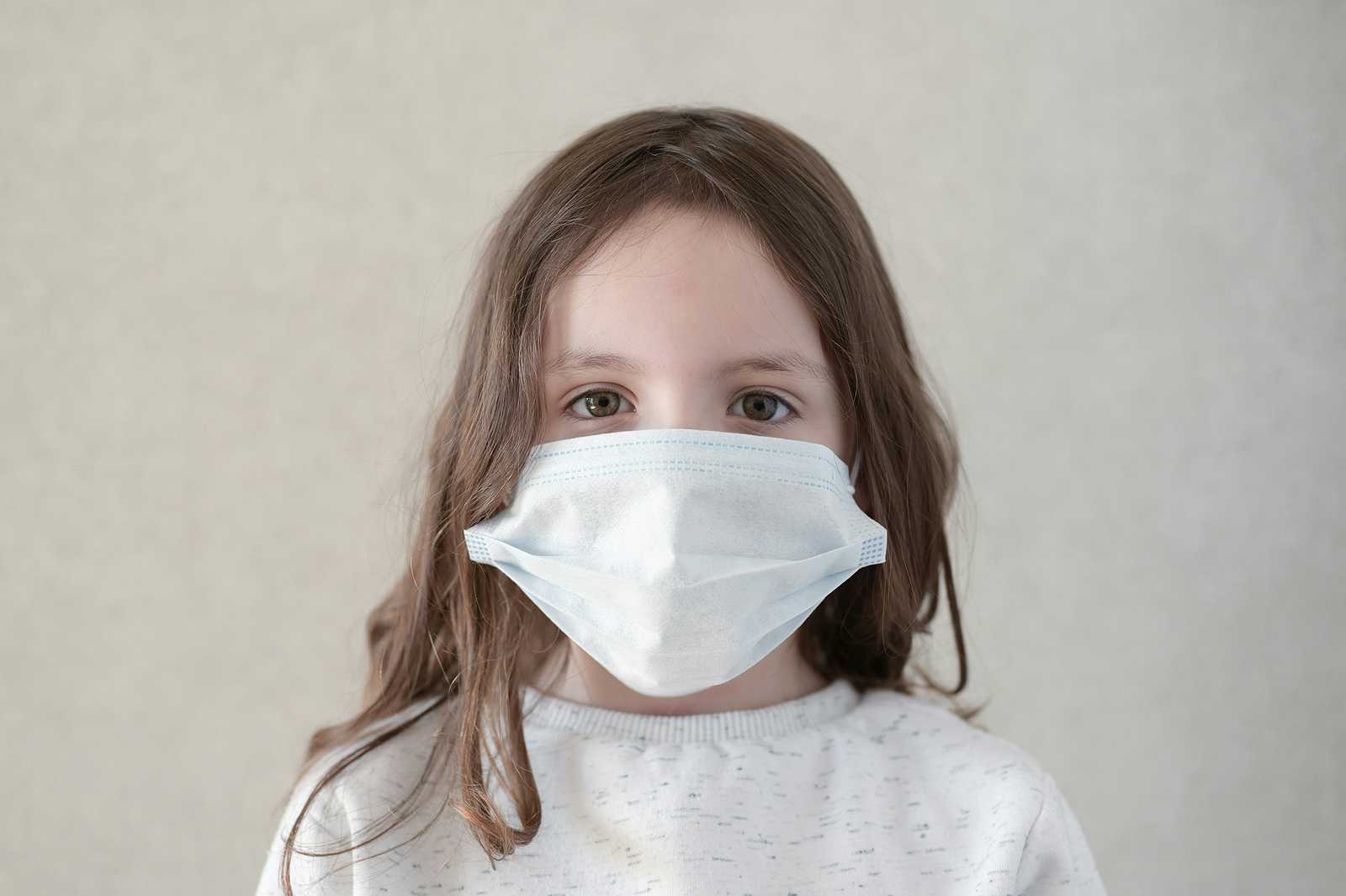
What Are the Hidden Dangers in the Air We Breathe?
In this episode, our guest, award-winning science journalist Carl Zimmer, describes the hidden dangers in the air we breathe. He begins with the concept of the aerobiome–the collection of living things from ground level to the stratosphere. While that includes eagles and dragonflies, the most insidious inhabitants are those we can’t see. Often, we are totally unaware of their presence. Yet bacteria like the one that causes tuberculosis or viruses like those that cause COVID or flu have the power to make us ill even if we don’t know they are there.
You could listen through your local public radio station or get the live stream on Saturday, June 7, 2025, at 7 am EDT on your computer or smart phone (wunc.org). Here is a link so you can find which stations carry our broadcast. If you can’t listen to the broadcast, you may wish to hear the podcast later. You can subscribe through your favorite podcast provider, download the mp3 using the link at the bottom of the page, or listen to the stream on this post starting on June 9, 2025.
Hidden Dangers in the Air We Breathe:
You have surely heard of the microbiome, but perhaps you thought it only applied to the microscopic beings living in our digestive tract. Lately, scientists have learned that humans have a microbiome for every different part of our bodies, including our eyes, ears, mouth and lungs. The air around us is also full of microorganisms. And even though we can’t see them and we may not be able to smell or taste them, they can still have a big impact on our health. What are the hidden dangers in the air we breathe?
Florence Nightingale and the Science of Ventilation:
Back in the mid-19th century, Florence Nightingale insisted that fresh air and sunlight were essential for patients to recover. Even though she didn’t know the scientific reason for this, her observation was correct. Good ventilation can help lessen the risk of disease transmission. But infectious disease specialists were not paying much attention to air quality until COVID-19 came along.
At the beginning of the pandemic, health experts actually resisted the idea that SARS-CoV-2, the virus that causes COVID, could be airborne. Public health authorities stressed the importance of hand washing, social distancing and disinfecting doorknobs, groceries or other items that someone else might have touched. Those turned out to be of much less significance than the dangers in the air we breathe.
The Skagit Valley Chorale Superspreader Event:
In the spring of 2020, the Skagit Valley Chorale got together to rehearse for an upcoming concert. There were about 60 singers who took the advised precautions: social distancing and hand sanitizing. The room in which they rehearsed was poorly ventilated, and no one was wearing a mask. This was at a time when the CDC was urging Americans NOT to wear masks, for fear there wouldn’t be enough for healthcare workers. Within a few days, six of the singers were sick. Eventually, 52 of them came down with COVID from this single exposure. Two women died. The Skagit Valley Chorale provided an irrefutable example that the virus could be airborne.
Have We Learned the Lessons of COVID-19?
If we learned the lessons we should take from the pandemic, we will be on the lookout for other hidden dangers in the air we breathe. We know that measles is incredibly transmissible and that the measles virus is airborne. In areas where measles is spreading, people would be smart to wear effective masks, such as N95, in public. Unfortunately, masks have been politicized, although viruses do not care.
Another pathogen that spreads through the air is tuberculosis. Americans don’t think of this as an important problem, but drug-resistant TB is a world-wide threat. Approximately one-fourth of humans carry this pathogen. It can become active whenever stress or other problems knock the immune system down.
Many other countries responded differently to the pandemic. Perhaps some will improve the ventilation and filtration in public spaces. That is unlikely in most parts of the US, due to cost. Perhaps we should take to carrying carbon dioxide monitors wherever we go. That will not tell us if there are hidden dangers in the air, but it will indicate how many people have been breathing it.
This Week’s Guest:
Carl Zimmer writes the “Origins” column for the New York Times and has frequently contributed to the Atlantic, National Geographic, Time, and Scientific American. His journalism has earned numerous awards, including ones from the American Association for the Advancement of Science and the National Academies of Science, Medicine, and Engineering.
Carl Zimmer is an adjunct professor at Yale, where he teaches writing. He is the author of fourteen books about science, including Life’s Edge. His most recent book is Air-Borne: The Hidden History of the Life We Breathe.
The People’s Pharmacy is reader supported. When you buy through links in this post, we may earn a small affiliate commission (at no cost to you).

Car Zimmer. Photo credit Mistina Hanscom
Listen to the Podcast:
The podcast of this program will be available Monday, June 9, 2025, after broadcast on June 7. In this week’s podcast, we discuss the value of CO2 monitors as well as the potential effectiveness of ultraviolet light for purifying the air. Could UV be a helpful part of our toolchest? Might there actually be benefits to breathing in certain microorganisms, similar to the probiotics you might take for gut health? You can stream the show from this site and download the podcast for free, or you can find it on your favorite platform.
Download the mp3, or listen to the podcast on Apple Podcasts or Spotify.

